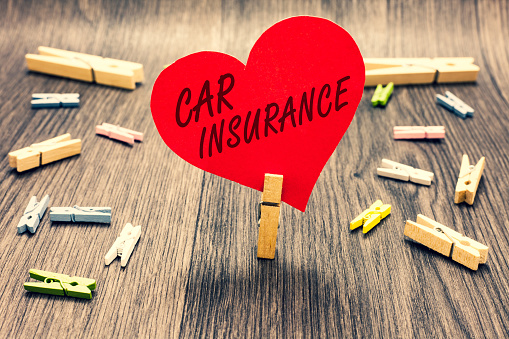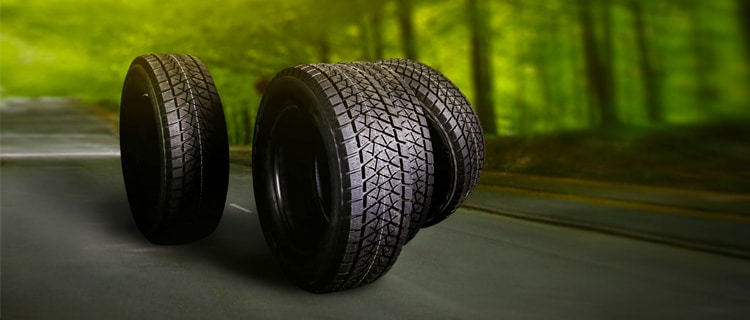Your itch to learn how to ride a motorcycle has now fully surfaced. You’ve seen Honda Bikes racing on television and in your neighborhood, and you want to join in the thrill. When riding, everyone is usually grinning, so what could possibly be difficult?
Even though it all sounds like harmless fun, riding a motorcycle such as TVS Bikes can actually be highly risky. 5,286 motorcycle riders lost their lives in crashes in 2016. Over the past seven years, an average of 4,200 motorcyclists have died each year. The factors that contribute to this include drinking alcohol before getting on a bike, not wearing a helmet and unfavorable encounters with other drivers.
Motorcycle Riding Tips So You Get The Best Experience While Being Cautious
While you can’t always prevent danger, you may take precautions to ensure a safe motorbike ride. The secret is to be ready before your ride, to know what to look for while you’re riding, and to know what to do when you spot danger. Prioritizing your personal safety and the protection of others around you is essential. To help you reduce dangerous motorcycle situations and enjoy your time on the road, we’ve produced the ultimate safety guide with a long list of motorcycle safety advice for new and (experienced) riders.
1. Riding Position
Keep your elbows and knees tucked in, your arms relaxed with a small bend, and your torso aligned with your hips when riding a motorcycle.
While you’re biking, your body position will alter frequently. It is uncommon to simply sit on a motorcycle without modifying your lean to turn or your arms for comfort and control. The fundamentals of riding posture state that your torso should always be in line with your hips.
Your torso should be centred on the motorcycle seat if your waist and hips are. Your torso should remain centred over your hips and lean as you tilt the motorcycle to the right. Your elbows should be bent and close to your body while your arms are kept slightly bent in a comfortable position.
Do your best to keep your arms comfortably close to your body while you bike because overextending them away from your body over time makes them tired. Your feet should remain on the footpegs close to the controls, and your knees should hug the fuel tank. You should be prepared to act immediately if necessary.
It can also be simpler to employ any motorbike hand signals that you might need on the road if you’re riding in a steady and comfortable position.
2. Learning to Maintain Balance
It’s challenging to lean on a motorcycle while maintaining balance. To begin the initial lean, you must position your body inside the motorbike seat, gaze into the corner in the direction you wish to go, and countersteer. In order to balance on the motorcycle while leaning, you need to have a particular level of corner speed. Running through a corner or riding at the edge of the pavement where you weren’t intending to could result from having too much of one or not enough of the other.
3. Turning and Braking
It is best to brake before turning and keep each motion separate when you are a beginning rider. Before attempting to use the traction for cornering, you should wait until the force pushing down on the front tyre is finished because braking before entering a curve compresses the front suspension. You can help the motorcycle suspension return to its neutral position by fully braking before approaching a turn or a U-turn.
Additionally advised as you approach the curve is the application of the front and back brakes simultaneously in a straight line. This provides you with the best chance of stopping, enabling you to stop more quickly.
You can then softly roll on the throttle to help balance the motorbike suspension after counter-steering the handlebars and leaning the motorcycle into the bend. All that is required for a balance is a small amount of throttle, but keep in mind that higher speed necessitates a leaner position to stay on the same course through a bend.
Leaning and cornering speed work together in harmony to keep the vehicle balanced. You can begin to gradually roll on the throttle as you get closer to the corner’s exit to pick up speed as you enter the next straightaway after the bend.
4. Keeping a Safe Speed
It will take some consideration of your reaction time and the surrounding conditions to determine the safest speed to ride at. You can probably ride faster if you’re the only person on a long stretch of the open road.
There should be fewer impediments for you to worry about, and you have more room to move and stop if necessary. You probably can’t ride at high speed if there is a lot of traffic. You will probably need to slow down in traffic with other drivers and be ready to ride defensively to avoid other cars.
5. Visibility
Unless you have a firm rule that you only ride when the sun is high in the sky, you will undoubtedly ride at some point when it is dark outside or at night. Each requires a different approach due to the variations in lighting conditions and how well you may be seen by other drivers.
Your visibility, as evidenced by a headlamp and high-visibility clothing, is the key to riding safely. When shopping for new motorcycle clothing, take into account items that have retro-reflective patches, which bounce light back at the source and appear to glow.
6. Anti-lock Brakes (ABS)
If you are familiar with ABS, or anti-lock braking systems, you are aware of their advantages in terms of potential for faster stopping and more control. ABS is unquestionably an advantage for your motorcycle as a novice rider. Many of the newest motorcycle models are available with an ABS option; if you’re considering one of these vehicles, we suggest upgrading.
7. Keep a first-aid kit and tool pouch on your motorcycle
Although there isn’t much storage space on a motorcycle, having a small tool pouch and a basic first aid kit can come in handy. The equipment should be limited to small wrenches in the most popular sizes that your motorcycle employs due to the limited space. On an American motorbike, that might be 3/8″ to 5/8″ or 8mm to 14mm on an imported motorcycle. A few screwdrivers can be added to a set of compact combination wrenches that you can frequently buy online to create a portable emergency tool kit. You’ll be prepared if you add a simple first aid kit to the bundle.
Conclusion
For some people, riding motorcycles is a hobby; for others, it’s a way of life. But we all begin in the same spot. First, we learn how to ride a motorbike on our own, in a class, or with private instruction. Although there are numerous options for motorcycle gear, having it should be at the top of your list of necessities for a motorbike ride. Beyond the physical equipment, staying safe when driving requires a sound mental attitude. Ride only when you are completely sober and avoid being impaired as much as possible to stay safe. Although riding a motorcycle is challenging, you may continue improving your skills through practice and education and enjoy riding for as long as you wish to stay on two wheels.





